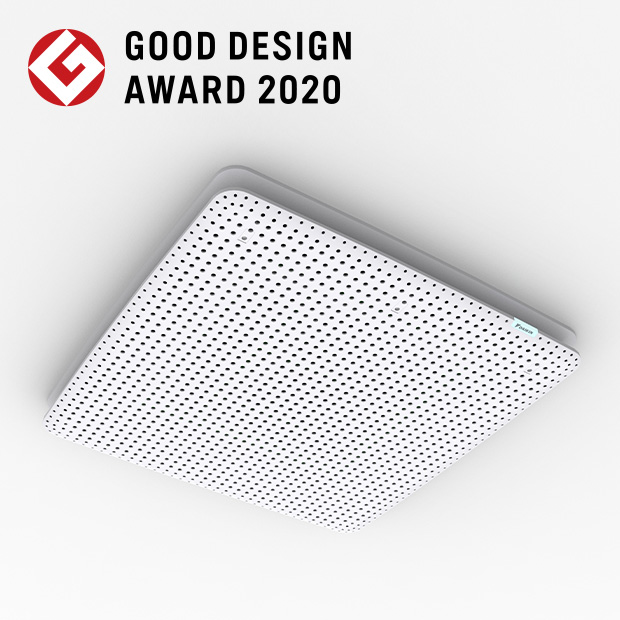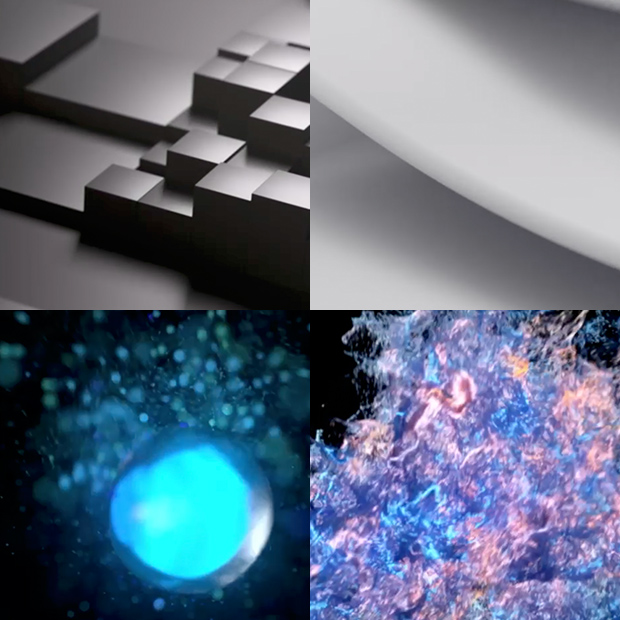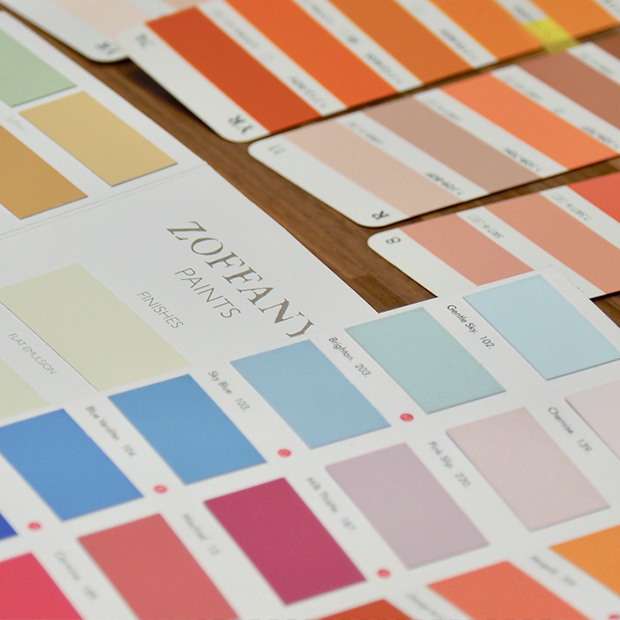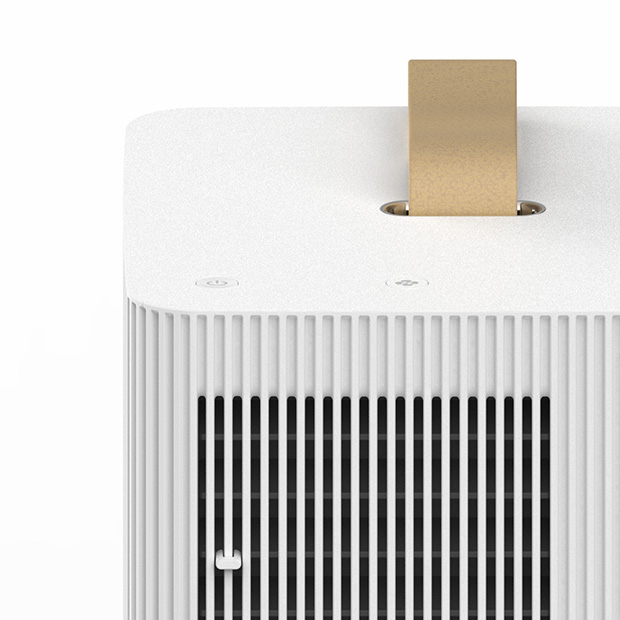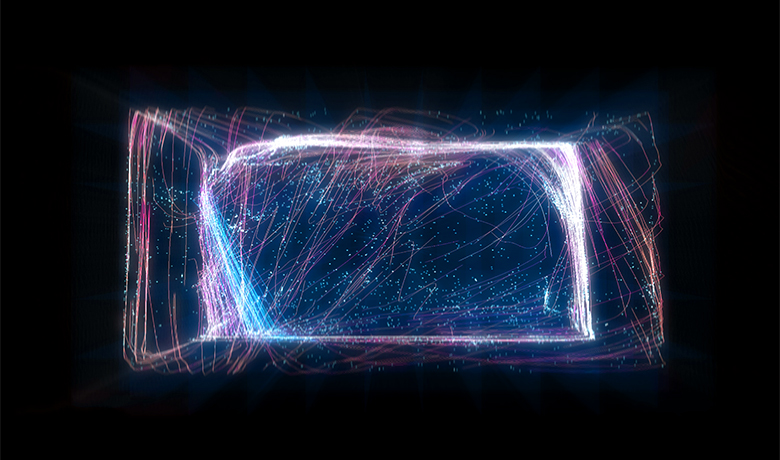
The power of design makes it possible to "visualize" otherwise invisible air. "Visualization of Air Conditioner" is a media art piece that visualizes how air flows within a given space and how that air changes as it moves. The project was developed jointly between Daikin Industries, Inc. and Akira Wakita, a creator studying visualizations and shape modeling at Keio University College of Environmental Information. Started in July 2016, the project took one year to complete.
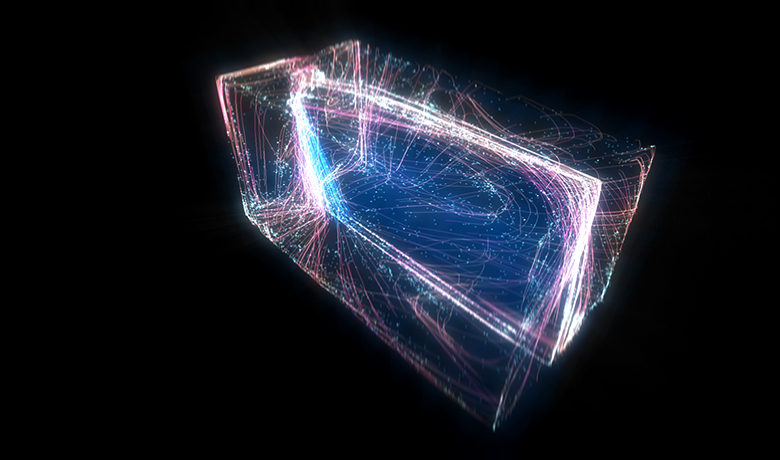

"Visualization of Air" uses conventional technologies such as thermography to visualize the invisible air and temperature. Taking a cue from the Daikin Design philosophy of "Making the invisible air beloved," the project also focuses on "overwhelmingly beautiful expressions" that allow viewers to feel the comfort of the air around them simply by viewing the art piece.
By utilizing the power of design to transform numerical information from simulation data originally used in room air conditioner development into artistic expressions provides even those who are unfamiliar with such information the opportunity to appreciate the material on a deeper level. That is the ultimate goal of this art piece.

Junichi Ikeda―a Daikin Industries designer involved with the development of the piece―had the following to say.
"We did some minor experiments and found that, when explaining to the viewer that the flowing particles of light represent pollen in the room, the viewer will unexpectedly turn away. However, if instead we say that the particles are water humidifying the room, the viewer feels more comfortable. This led us to the understanding that making the invisible air visible encourages physical reactions and behaviors."
Conventional room air conditioner remote controls allow the person to manipulate the air in the room, for example, by setting the temperature to 26°C from 28°C when hot, or by changing the direction of the wind. The goal, however, should be making the space more pleasant by changing the air rather than controlling the numerical values on the remote control or by changing the direction of the vanes.
This realization led us to the idea that, if we used "Visualization of Air Conditioner" as the air conditioning interface, the imagery of beautifully visualized light could provide people with a more physical and intuitive way to manipulate the air.
With that we ushered in a new era of interaction between people and the invisible air.







